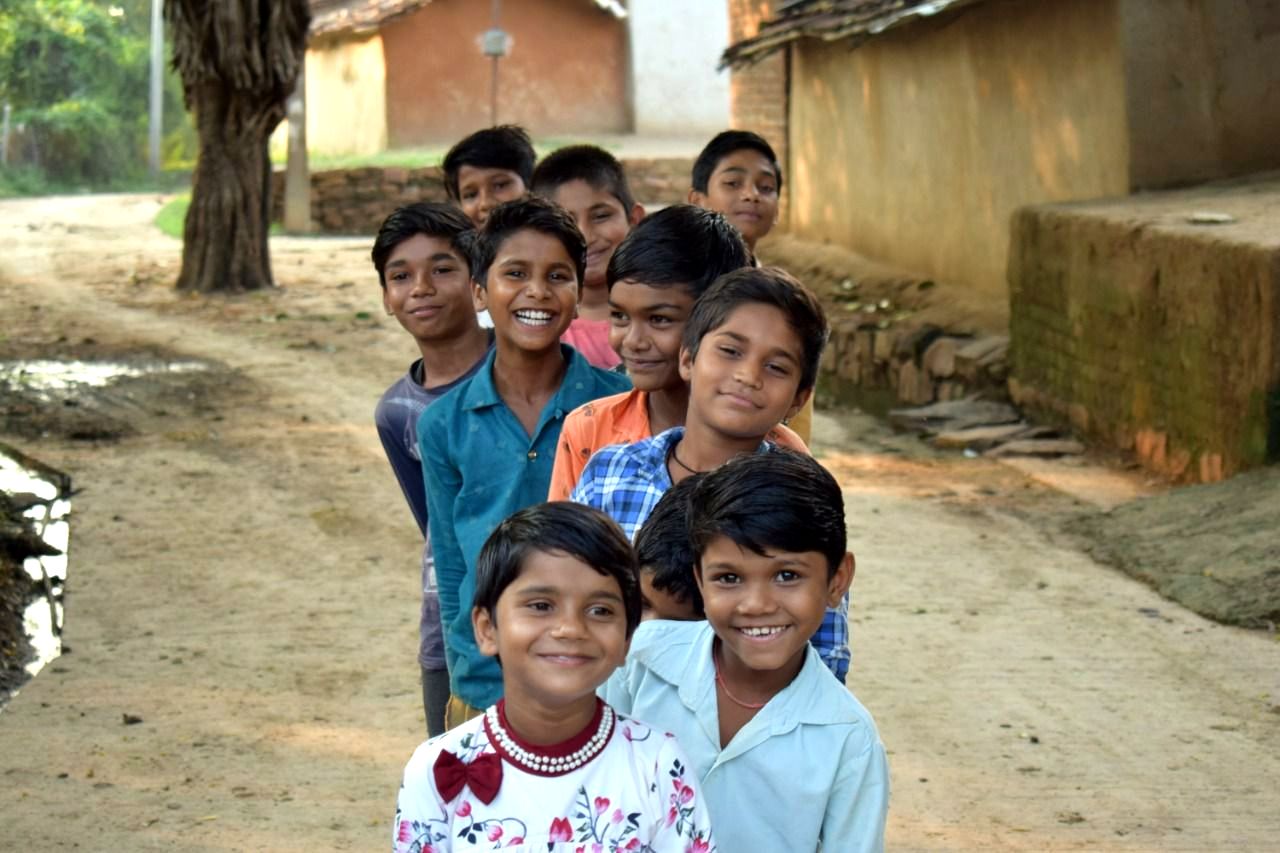
There are essentially two types of tourists who visit the Caribbean, the 2,500-mile-long chain of more than 7,000 islands, islets, reefs, and cays scattered across the Caribbean Sea.
There are those merely searching for the soothing relaxation of sandy beaches between their toes, strong drinks in their hands, and sunny skies above their heads.
And then there are the ambitious explorers looking to soak up a diverse palette of Caribbean culture stretching back hundreds of years to the Amerindian group once known as the Caribs (now called the Kalinago people).
The islands of the Caribbean are occasionally referred to as the West Indies, due to Christopher Columbus’ belief that he had landed in Asia (rather than the Americas).
They’re classified as one of Conservation International’s biodiversity hotspots because they support remarkably different ecosystems ranging from cloud forests to cactus scrublands.
But equally impressive are the vast cultural differences among the islands, with people, customs, and cultural festivals bearing a broad variety of influences ranging from African, Spanish, and Portuguese to British, French, and Dutch.
From Caribbean music and dance to art, cuisine, and fashion, the culture of the Caribbean islands has had a dynamic impact on modern popular culture around the world.
CARIBBEAN CULTURE & HISTORY GUIDE
- Aruba
- The Bahamas
- Cayman Islands
- Dominican Republic
- Haiti
- Jamaica
- Puerto Rico
- St. Maarten/St. Martin
- Turks & Caicos
- U.S. Virgin Islands










